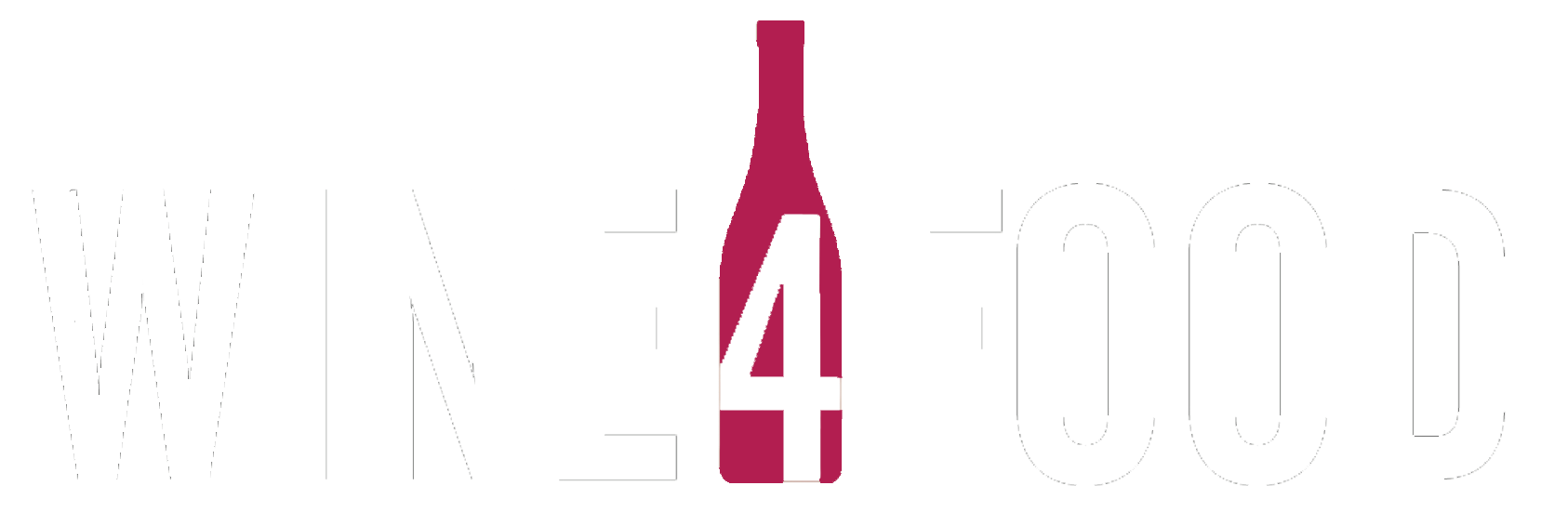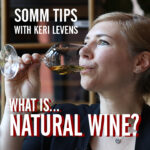
Wine writer Alice Feiring has built a career by challenging the Parkerized American palate. Her newest book, Natural Wine for the People, is an illustrated guide to natural wine, a style of wine predicated on minimal intervention, no additives, and organic growing practices. Recently, I spoke to Ms. Feiring about her book and, more broadly, about her perspective, memory, and preferences when it comes to wine. Here’s some of what we discussed.
I’m interested in hearing how your palate and preference for natural wine developed.
By writing a book, I had to taste so many wines. I realized there was a kind of wine that I liked, and that the wines that I was tasting I did not [like]. So I basically dialed it back from there, and tried to find out what those wines had in common: They were made with native yeast fermentation. Nothing added, nothing taken away. So then I started learning about technology. Basically, I started learning about all the stuff you can do to alter the taste of wine. That led me to the path to natural.
You talk about starting with “organic viticulture” when it comes to improving wine. I’m wondering if you have an opinion regarding wines that are certified organic vs. wines that are practicing organic.
It depends—and this is something I take on in the book. Personally, I don’t care, as I travel enough and I visit enough and I see what’s in the vineyards. But there are some regions where I feel it’s a very strong political statement, like in Champagne, like in Bordeaux, where there just are not that many acres under organic vine, and it’s almost hostile to organics. I think for the greater good, going for certification is the best. But personally, I drink plenty of things that are practicing organic.

In your book, you write, “In a digital world, analog is needed.” Can you expand on this? What does “analog” mean in relation to wine and wine production?
I think that the more that we get digital, the more that we need to take out our record player and remember what things sound like. It’s old school. There are new things we need, to be grounded in the past and old school tradition. I’m thinking a lot these days about, “every action has a reaction.” Every action has a needed reaction and a needed correction. I think we need to go back to the dirt, to remember what’s important in life And I bring that sensibility to wine.
You reference 72 official possible additives when it comes to wine. Can you tell me what some of the more surprising legal additives are?
Gum arabic. Gelatin. Something that—its brand name is Velcorin, and it’s a pretty toxic substance that’s already carcinogenic. Velcorin is dimethyl dicarbonate, otherwise known as DNDC. And it’s used, actually, in juices as well. It’s an antibacterial, and it’s used a lot to eradicate the yeast brettanomyces. Added powdered or liquid tannins.
The gelatin is used for mouth feel. Same thing for gum arabic. The gelatin can remove bitterness, so that could be fining. Most of them may be for fining—not filtering. There are others that actually alter the taste and the color through the physical addition. A lot of these are something put into the wine, as opposed to taking something out of the wine.
Who are some of the producers that have informed your palate and preferences?
As a drinker, I was more focused on place and region than on actual producers. But when I originally got my sense of place in the world, the people who shaped my vision of wine in the world were Thierry Puzelat (of Clos du Tue Bœuf in the Loire Valley) and Clos Roche Blanche (also in the Loire).
You mention it in the book, but I want to expand. We know that climate change will ultimately impact the future of winemaking. How does the future of wine look to you, in light of the world and climate?

Everything is shifting, and people are scrambling hard to find out what’s happening. Right now, people are in panic. Nothing can be taken for granted. You have absolutely no idea when you will be able to harvest.
So what are people doing about it? They are investigating more blends, as opposed to single varieties. They are looking to buy land that is higher [in] elevation. They are planting, perhaps, on the east and north sides, as opposed to the southwest that was considered very favorable…Other regions are coming up. For the foreseeable future, places like Vermont and Massachusetts might be in good shape. The Finger Lakes might be in good shape to get some benefits.
The people who cannot move are looking at how to adjust with different varieties that are more heat-resistant, different ways of pruning, and realizing that they cannot rely thoroughly on just wine to support them. So maybe a bit of diversification. People who have been dependent on irrigation are looking for different rootstocks. Most vines are planted on American rootstock to keep them immune from Phylloxera. Some regions traded their rootstock from drought-resistant to…rootstock that needs water. What about dry farming? Some very noble people are re-learning how to dry farm. It’s shocking how little you really need to do to make good wine.
You point to a “sense of place” in your discussion of wine. I took that to mean that wine is transportive. Where do memorable bottles transport you, personally?
It depends. If I’ve had them in the vineyard that they’re made in, they always take me there. There are some tastes that don’t just take you to place but places in your memory, or places in time. I’m always transported up to Walton, New York, in the country, maybe opening a bottle of wine at 3 in the morning after taking a walk in the woods with friends. Some very old-fashioned southern Rhône bottles take me back; they’re very Proustian in that way. They take me back to when I was first learning about wine. That iron-y taste. Looking for an old-fashioned Rhône wine is very much my madeleine.

Hannah Selinger’s work has appeared in The New York Times, The Washington Post, The Kitchn, RawStory.com, Edible Long Island, Edible East End, and numerous other regional and national publications. A Certified Sommelier through the Court of Master Sommeliers, she writes the monthly wine column for the Southampton Press. Hannah lives with her husband, two sons, and two dogs in East Hampton, NY. Website: http://www.hannahselinger.net; Twitter: @hannahselinger; Instagram: @druishamericanprincess.


